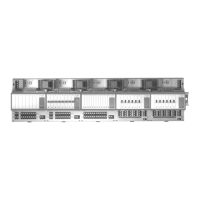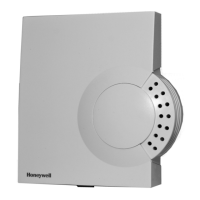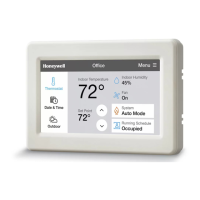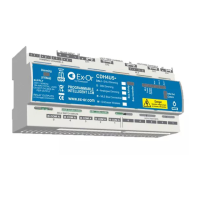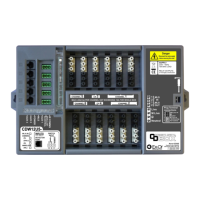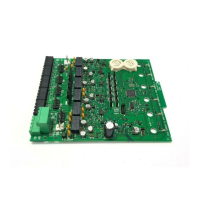FALCON USER GUIDE
EN2Z-0962GE51 R0715 48
The notify type can be defined and changed in CARE. In the Excel Web HTML
Interface, the notify type (alarm type) is displayed only.
For all notification classes, notify type ´Alarm` must be used.
See also "Notify Type" section.
Alarm Value
Please refer to the "Alarm Value Enable" section.
Alarm Value Enable
Datapoint Type AI AO AV BI BO BV MI MO
MV
PC RI RO
HTML Interface CARE
x X
Alarm Value
Defines the alarm condition of a binary input or value point when an alarm should be
reported in case of binary input changes. The alarm condition can be either the
active state or the inactive state of the point e.g. 0 or 1, ON or OFF, Up or Down. If
the present value is equal to this condition for at least the alarm delay time, then an
OFF-Normal event is generated. In addition an alarm delay can be entered.
Auto
Datapoint Type AI AO AV BI BO BV MI MO
MV
PC RI RO
HTML Interface CARE
Editing x
Sets the datapoint in automatic (Auto) operation mode. In Auto operation mode, the
datapoint shows the present value processed by the controller (sensor input values,
time program output values).
See also "Active / Inactive Text" section.
BACnet Instance
AI AO AV BI BO BV MI MO
MV
PC RI RO
HTML Interface CARE
-
Equivalent
The BACnet instance number is part of the internal BACnet addressing in every
BACnet system (BACnet communication). The BACnet instance number of
datapoints is not visible in the Excel Web HTML Interface and the user does not
need the BACnet instance number in order to operate the Excel Web controller.
The BACnet instance number of a device object is visible in the Excel Web HTML
Interface.
When creating objects in CARE such as datapoints, schedules or calendars, CARE
assigns an instance number to each object. The instance number is unique within
the same object type but the same instance number may also exist in other object
types. The instance number of the device object is unique on the whole BACnet
network.

